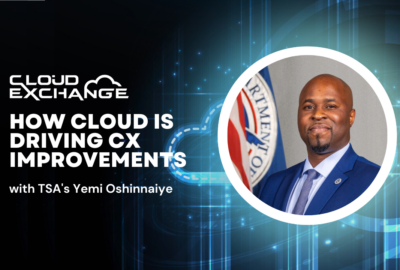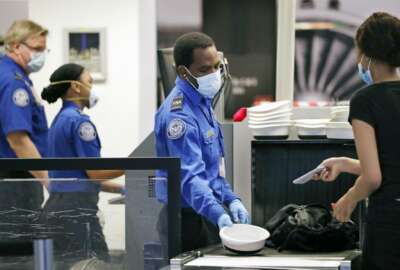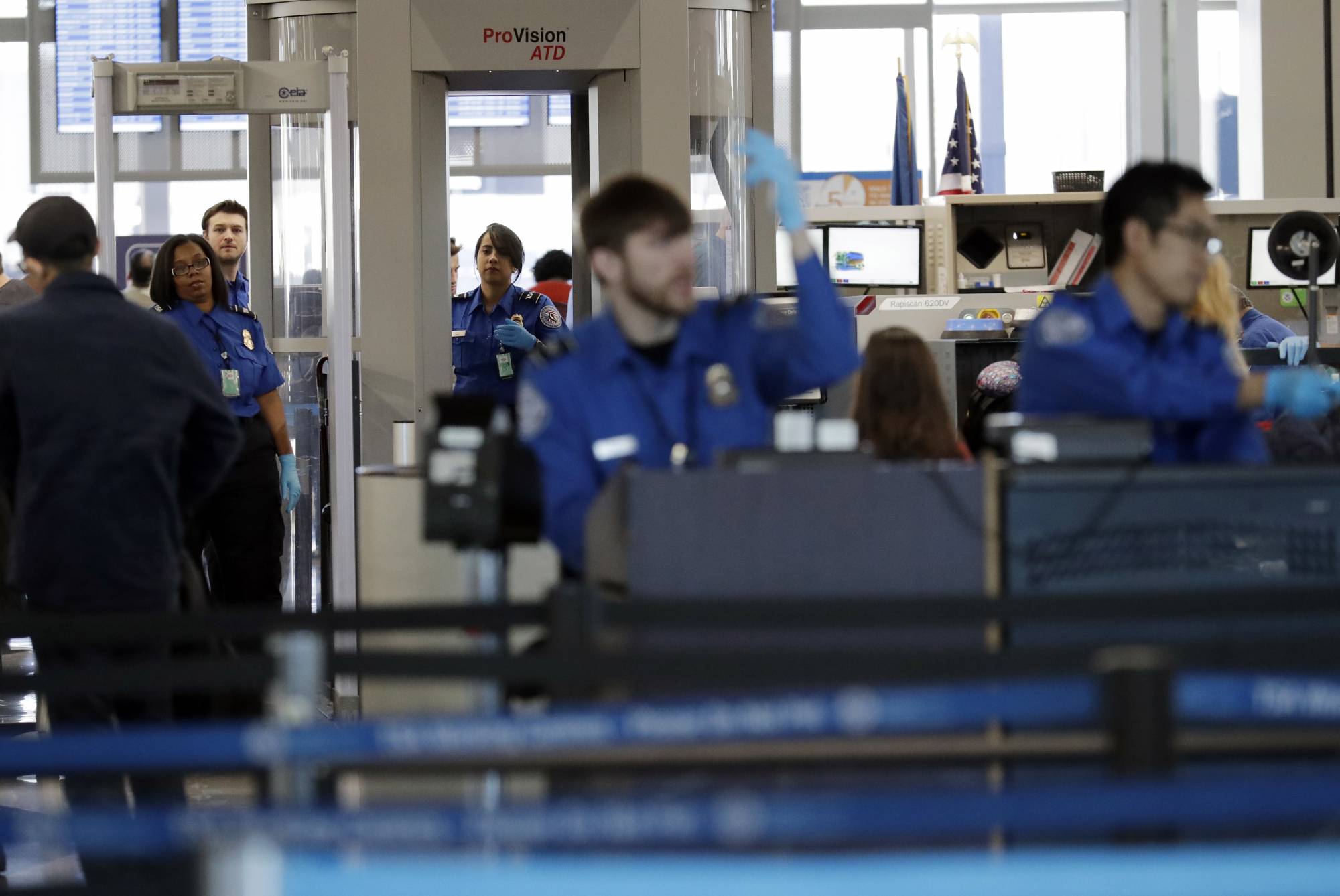Sponsored by Four Inc. and IBM
TSA plans to set up ‘data mesh,’ coordinate efforts through cloud center of excellence
“Our goal is to allow for our users, our business users, across TSA to be able to better access their data and have it readily available,” Deputy CIO Kristin...
The Transportation Security Administration is taking the first steps toward a comprehensive data management strategy, with plans to establish a “center of excellence” to help TSA manage its cloud computing environments.
With more than 60,000 employees working in airports and other locations across the country, TSA is at a “critical place” when it comes to technology, Deputy Chief Information Officer Kristin Ruiz said in an exclusive interview with Federal News Network. The agency is working on a range of customer experience improvements, exploring opportunities for artificial intelligence and machine learning, and shifting to an “open architecture” for its airport screening systems.
Behind the scenes, TSA has “tons of disparate data,” Ruiz said. The agency wants to make the information more discoverable and shareable, within the confines of crucial security and privacy protections.
“We first have to catalog this data, protect it, govern it for its use and storage, and then we have to share it,” Ruiz said. “And we have to make it available across the enterprise, as technical complexity and security requirements are constantly changing, and new emerging technologies and threats are out there.”
TSA is establishing a new “domain name structure and architecture” for its data, Ruiz said. The “data mesh” approach should allow TSA to protect the data based on specific domains, while allowing for sharing where it’s needed.
“Our goal is to allow for our users, our business users, across TSA to be able to better access their data and have it readily available,” Ruiz said. “And that means that we have to get away from some of the proprietary technology solutions that we’ve leaned on in the previous years, and look for a more open opportunity.”
TSA is hiring a key person to lead the data initiative. The individual will serve in a dual role as TSA’s chief technology officer and chief data officer.
“The foundation for things like artificial intelligence and other emerging technical areas. . . is the data that we have,” Ruiz said. “They won’t be relevant or useful if we don’t understand how to leverage and harness the data that we do have. So they go hand in hand, and we really want someone that has expertise in both areas.”
She said the agency is planning to reach an authority-to-operate decision for the data mesh by next summer. TSA’s CIO office team will then start working with customers across TSA’s business operations to put their systems into the new architecture.
TSA cloud center of excellence
In 2019, TSA set out a vision to “deliver secure, easy-to-use, rapidly provisioned IT services that support TSA’s mission” under its Cloud Strategy 2.0.
Four years later, TSA has made great strides, with many instances of software-as-a-service and infrastructure-as-a-service in place across the agency. Ruiz said the agency is now reviewing that 2019 cloud strategy and planning to release an update.
“We are working to scale and harness the power of cloud as we continue to make our investments and integrate solutions and data,” Ruiz said. “As we evolve, we’re looking to make repeatable, secure solutions and processes.”
TSA will soon establish a “cloud center of excellence” to help coordinate requirements across the agency and reduce duplication, while also being more “agnostic” in how it selects cloud environments, Ruiz said.
“We’ll have the right people at the table to take a look at that and make sure that we select the right solution for their needs,” she said. “And that includes which platform or hosting environment that would be best suited for. In addition to that, we’ll also be continuing to make sure that we’re analyzing current solutions that exist today. And if something exists, we can maximize that investment rather than constantly recreating from scratch.”
IT strategic plan being finalized
TSA is also drafting a strategic plan for IT that’s “in the final stages” and “should be rolling out shortly,” Ruiz said. A major focus of the plan is IT workforce development and training.
“We are building out curriculum that we can provide to make sure everyone has AI literacy and foundations,” Ruiz said. “We have specialized tracks for folks that say [they] are interested in cybersecurity. We have it all mapped out with how they would need to progress from a junior to a senior level expert.”
TSA wants to be seen as a “top destination for talent,” especially as it explores opportunities for AI and open architecture in its operational technology.
“When it comes to making TSA a great place to work, where we can attract that talent and keep the people that we have, we’re focused on making sure that the culture is inclusive and equitable to all and that people feel valued and that they can work on meaningful work that contributes to our mission,” Ruiz said.
Copyright © 2025 Federal News Network. All rights reserved. This website is not intended for users located within the European Economic Area.
Follow @jdoubledayWFED






